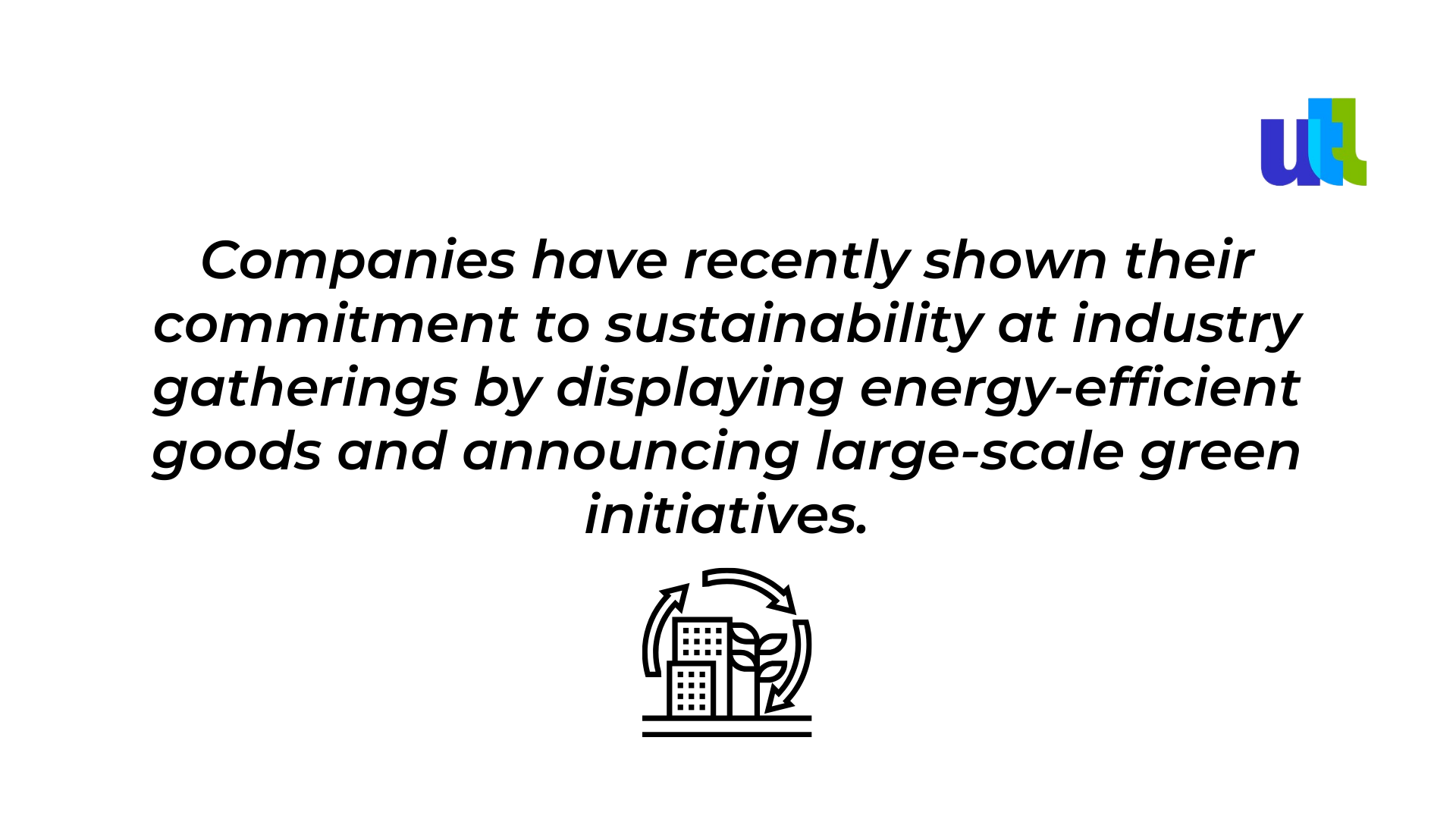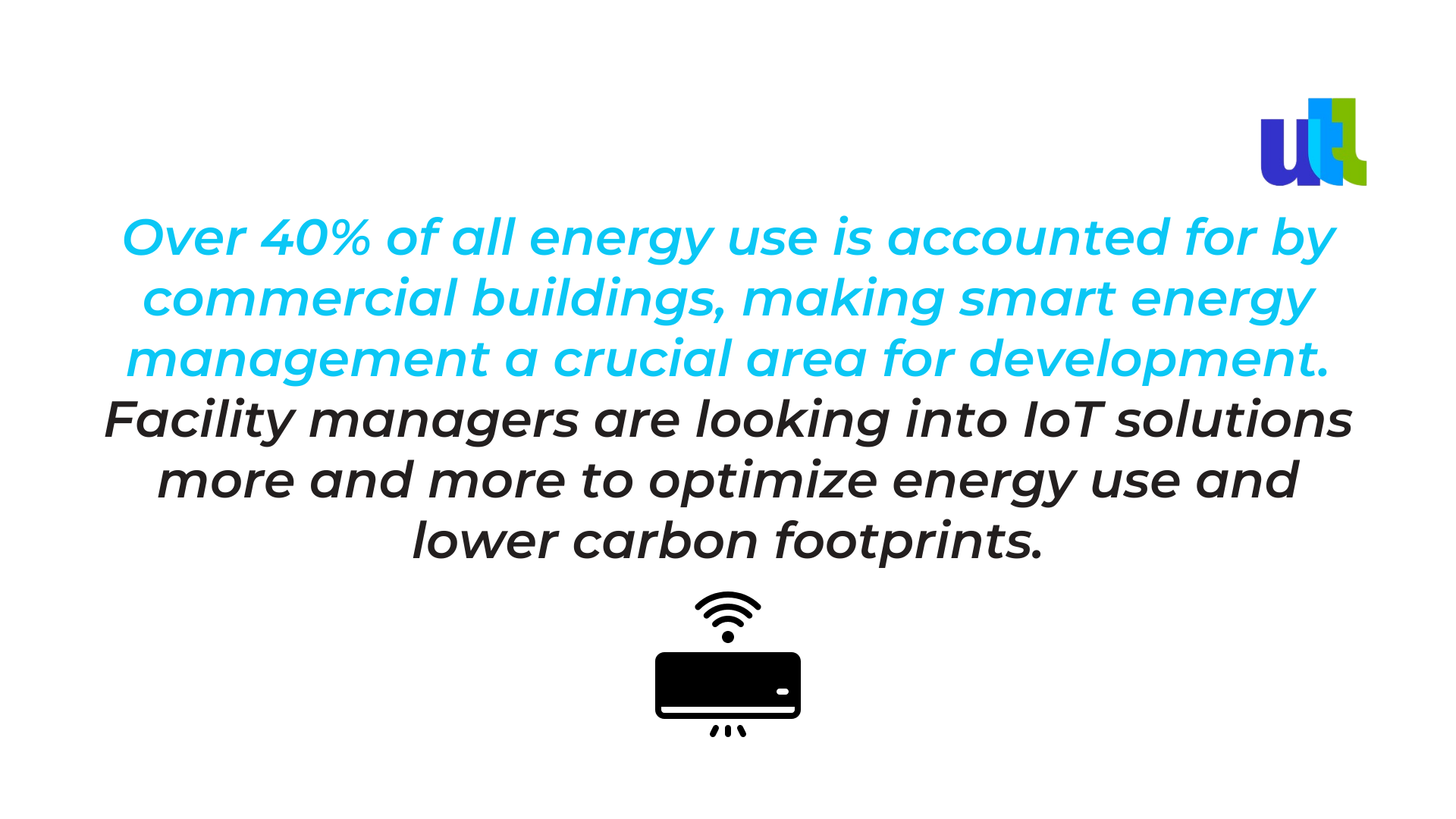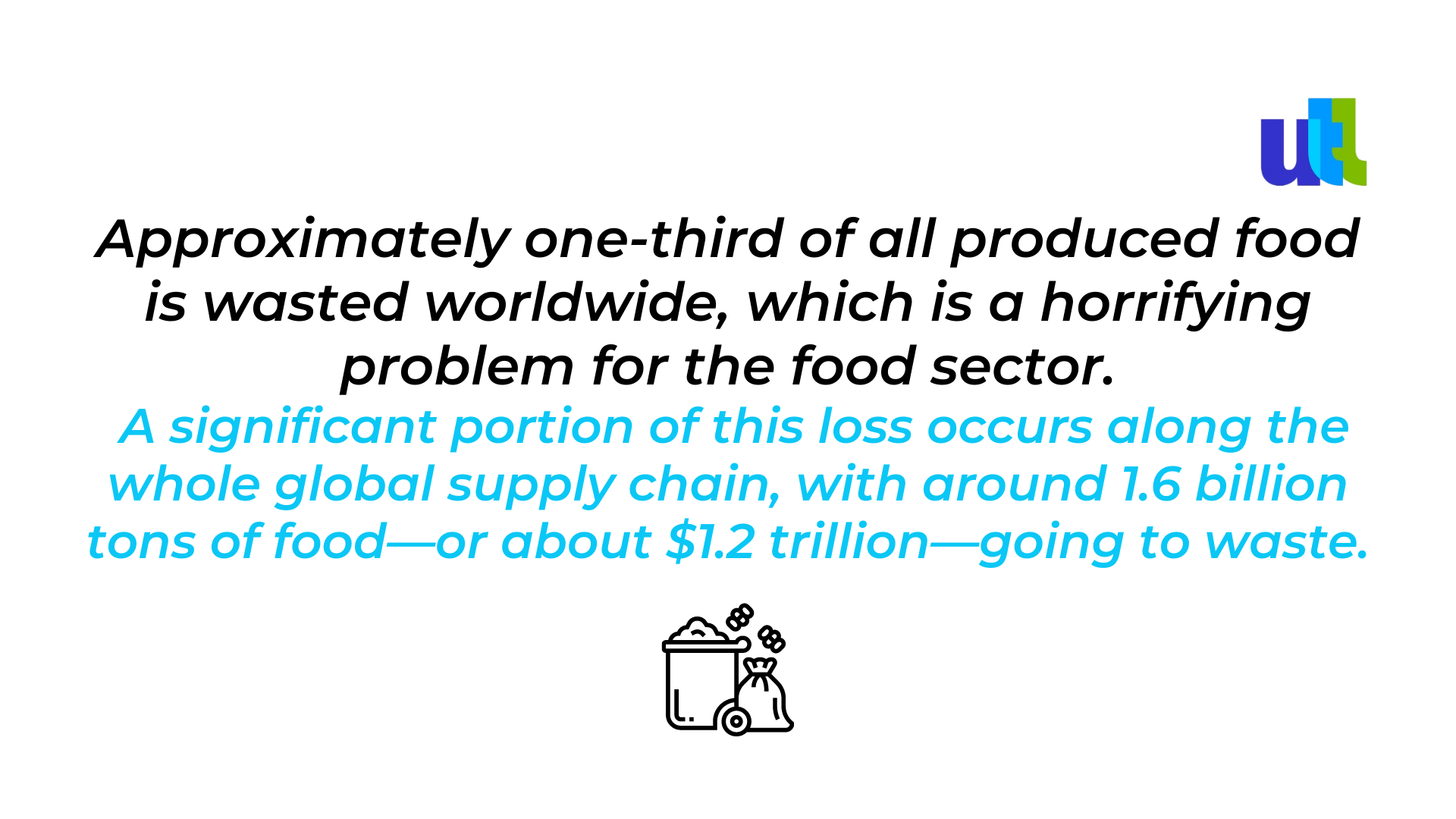Many high-tech companies are placing an increasing emphasis on sustainability, and there is no denying that the Internet of Things (IoT) is a major factor in this development. IoT is being used to its full capacity in industries like manufacturing and logistics to boost productivity, cut costs, and promote sustainability. This article examines the correlation between the Internet of Things and sustainability, including information on how technology is being applied to build a more sustainable future.
The increasing trend of sustainability has influenced businesses to prioritize the development of more environmentally friendly products and programs. The capabilities of IoT devices are rising as a result of the continued development of technologies like 5G, blockchain, and artificial intelligence (AI), which are also having an impact on the environment in terms of energy, water use, and carbon emissions.

Businesses are using IoT to lower their environmental impact as they become more conscious of this impact.
IoT devices and sensors enable efficient communication and offer useful information on numerous processes and resource usage. Businesses can utilize this information to match production with demand, cutting waste and maximizing energy use.
In summary, the implementation of IoT involves more than just adopting new technology; it also entails realizing the crucial part that technology can play in our initiatives to achieve sustainability. By adopting IoT efficiently, we can enhance our daily operations and contribute to a more sustainable future.
Integrating sustainability into IoT
The emphasis on sustainability has never been stronger in the realm of technology, and the Internet of Things (IoT) is one area where these two forces are quickly merging. Many businesses are looking for ways to use IoT in ways that improve product sustainability and promote more environmentally friendly manufacturing techniques. Here, we'll look at a few realistic strategies to include sustainability in IoT applications.
4 impactful ways companies can use IoT for sustainability:
Transport and logistics
The Internet of Things (IoT) will enable sustainable developments in the transportation and logistics sector, which is well known for its energy-intensive operations and high emissions. The efficient use of IoT can significantly reduce this industry's environmental impact while improving operational effectiveness. Here, we look at some of the key ways that IoT may be used to promote sustainability in logistics and transportation.
IoT has much more promise than just improving vehicle performance. Superior driving practices and fuel consumption are optimized by connected automobiles, which are at the forefront of IoT integration. Despite that, IoT helps to reduce emissions, lessen vehicle deterioration, and ultimately extend vehicle lifespan by enabling effective routing to cut out superfluous travel.
The secure transportation of fragile cargo, such as pharmaceutical products, is one crucial area where IoT shows enormous promise. These products frequently need constant cold chains and high levels of protection, and both breaches can result in significant waste. Businesses can implement IoT for tracking and condition monitoring and this way guarantee that goods are transported as required, eliminating waste.
In conclusion, IoT has a significant revolutionary potential for advancing sustainability in logistics and transportation. Businesses should take advantage of the IoT's potential to help them reduce environmental impact, improve operational efficiency, and ultimately provide better, more sustainable services as technology continues to advance.
Smart energy management
Businesses stand to benefit significantly from the Internet of Things (IoT) and sustainability in energy management. Since their inception, HVAC (Heating, Ventilation, and Air Conditioning) and lighting systems have placed a high priority on lowering expenses while enhancing comfort. But with a greater focus on sustainability, businesses are turning to IoT to promote energy efficiency in these sectors.

The regulation of HVAC equipment in the past was frequently standardized and predefined, which resulted in problems like overheating or underheating. However, the emergence of IoT introduces precise, real-time sensor data into the mix, enabling on-demand management and equipment micro-zoning. This data-driven strategy results in reduced waste and increased energy efficiency.
IoT can assist in identifying consumption patterns in addition to equipment control. Occupancy data, for instance, can show patterns in HVAC and lighting requirements, allowing facility managers to optimize equipment schedules, and cut down on energy waste. Let’s take an example, when HVAC and lighting systems are programmed to run until 8 p.m. despite statistics showing that tenants normally vacate the building by 7 p.m., managers can change schedules to save an hour of energy daily, greatly lowering the property's carbon footprint.
Additionally, wireless utility submeters used in conjunction with IoT-enhanced usage monitoring offer detailed consumption data for various building spaces or specific assets, particularly those that use a lot of energy. These insights enable facility managers to quickly spot and resolve energy blockages, resulting in more productive and environmentally friendly operations.
Finally, smart energy management is evidence of how the Internet of Things is transforming sustainability. Businesses may greatly contribute to environmental conservation by utilizing IoT, in addition to improving operational efficiency.
Fleet management
Concerns over the effects of various fuel types, notably diesel, on air quality have drawn more attention to the environmental effects of fleet management. Fleet operators are under increasing pressure to include environmental concerns into their fleet-related choices as part of the global effort to reduce CO2 emissions.
The overall emissions produced by a fleet are affected by important factors like location, fuel use, idle time, driver behavior, and vehicle health. Low-power wide area networks (LPWAN) support the Internet of Things (IoT), which provides critical insights into these variables and enables greater route planning, and prompt vehicle maintenance.
Think of the function of real-time location data made possible by IoT, for instance. Less time spent idling in traffic can reduce the number of hazardous emissions produced by automobiles, which can be accomplished with more accurate and responsive route planning.
Additionally, IoT sensors are essential for tracking and changing driving behavior. They are able to identify and capture driving habits that waste fuel and raise emissions, such as speeding, rapid turns, frequent stops, and sudden accelerations or braking. IoT technology aids fleet managers in developing and enforcing driving regulations that support environmental sustainability and fuel efficiency. Additionally, IoT-enabled continuous vehicle condition monitoring helps guarantee that vehicles continue to function at their best, which is essential for maximum fuel efficiency. Maintenance problems can be quickly found and fixed, preventing wasteful fuel use and further cutting emissions.
IoT is enhancing operational efficiency and lowering environmental impact by enabling fine-grained visibility and control over fleet operations. The incorporation of IoT into fleet management has the potential to revolutionize the industry as sustainability becomes an increasingly important topic.
Cold chain monitoring

Controlling temperature is essential for preserving food quality while in transportation. Insufficient temperature control throughout the cold chain can speed food quality deterioration and consequently increase food waste. It has typically been done manually, which is prone to human error and inconsistent among different stakeholders (such as loaders, carriers, shippers, and receivers). This method increases the possibility of product spoiling as a result of incomplete, inaccurate, or late log entries or completely unprocessed data.
But IoT-driven smart cold chains have the potential to completely transform this important industry. These sophisticated technologies offer complete insight across the whole supply chain, from manufacturing and shipping to retail locations. Regardless of location, wireless IoT sensors continuously track environmental variables including temperature, humidity, air quality, light intensity, and others. These sensors set up real-time alarms when specified thresholds are exceeded, allowing for quick remediation, and avoiding product integrity issues.
It's interesting to note that technology has changed from being seen as a barrier to environmental sustainability to becoming a vital ally. New wireless communication technologies and IoT sensor developments are enabling a move toward energy-efficient practices, more responsible resource usage, and waste reduction or reuse.
IoT is an effective instrument in the hands of those looking to lessen food waste and enhance sustainability in the cold chain industry. By offering real-time, accurate, and comprehensive insights, it equips stakeholders to prevent spoilage and wastage, thus contributing to a greener, more sustainable planet.
The sustainable future
The Internet of Things (IoT), which was once thought of as a way to increase organizational effectiveness and product and service sales, has turned out to be a major player in the sustainability field. IoT has recently become more accessible thanks to developments in related fields including data processing, edge computing, artificial intelligence (AI), sensors, and wireless networking, which has prompted its adoption for more responsible uses.
Numerous innovative applications are constantly being developed as professionals from various industries bring their particular knowledge to the IoT space. By finding new efficiencies, savings, and innovations, many of these are making important contributions to sustainability. This motive is encouraging the growth of organizational procedures that eliminate waste and maximize resource use, as well as energy-efficient practices, one small step at a time.
It is obvious that IoT is bringing forth a variety of sustainability benefits when we consider these combined benefits. Additionally, given the quick speed of technical advancement, we may safely predict additional sustainability improvements of IoT in the future.
For free consultation on leveraging IoT click here.
----------------------------------------------------------------------------------------------
View the full presentation:
WRITTEN BY
Milda Butkeviciute
2023-07-20


































































































































































































